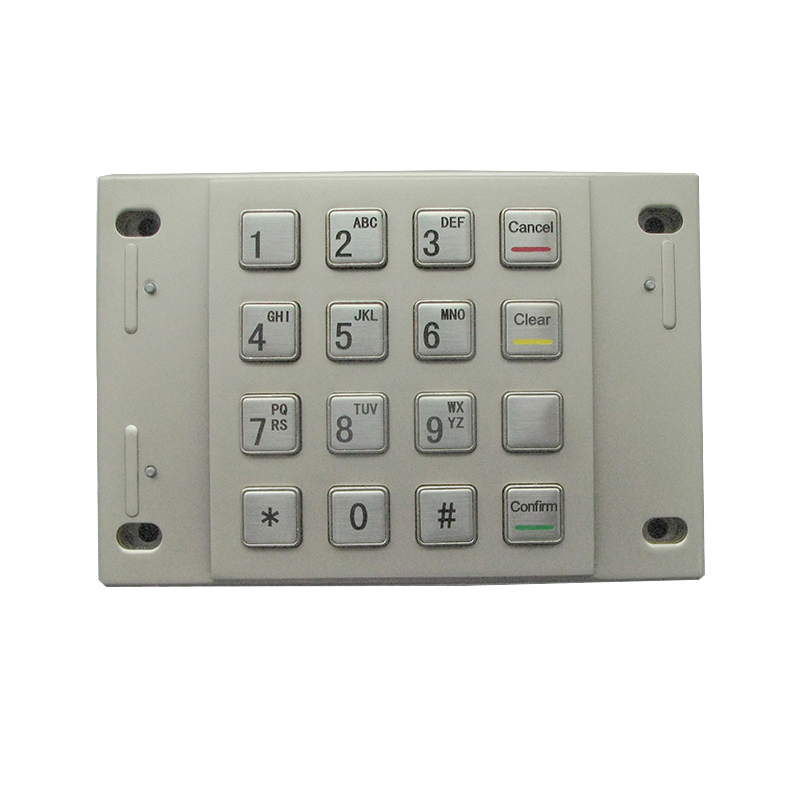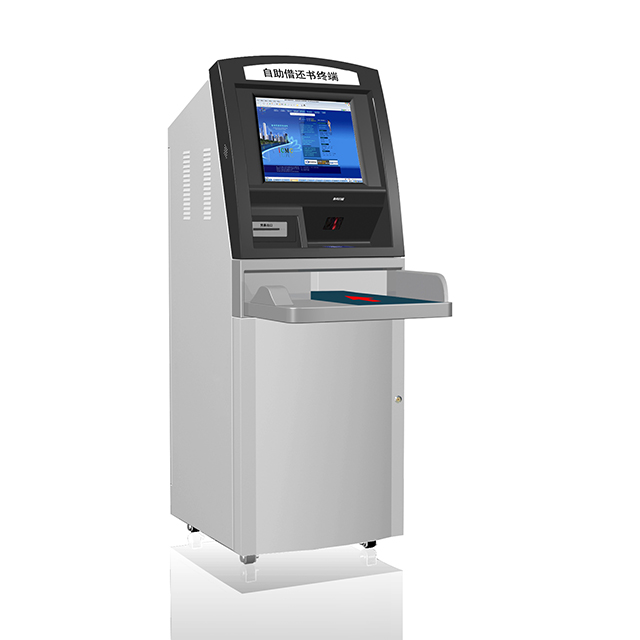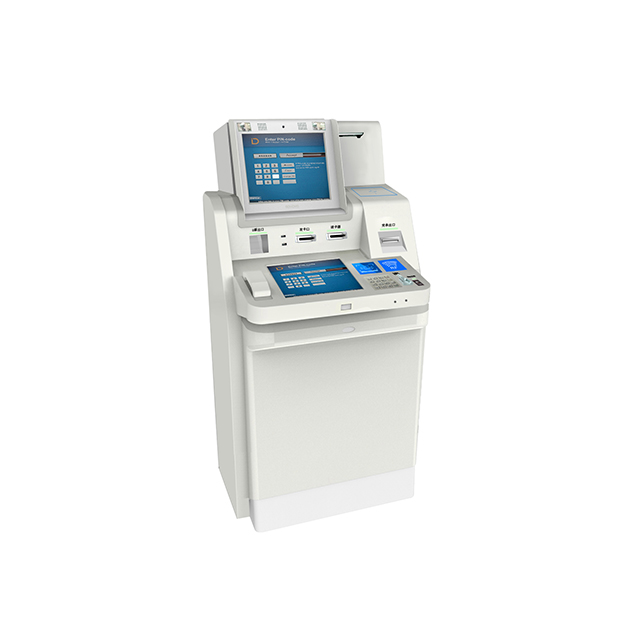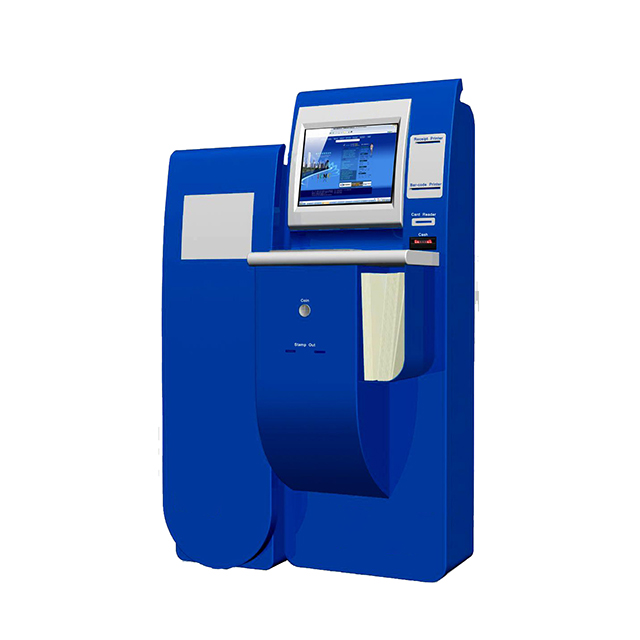电话: +86 75588353453
手机: +86 13828755932
邮箱: sales@kmychina.com.cn
地址: Room 611-613, Hanggang Fuchun Business Building, 6031 Shennan Avenue, Tian'an Community, Shatou Street, Futian District, Shenzhen
Application advantages of self-service borrowing and returning machines in book management
Application advantages of self-service borrowing and returning machines in book management
RFID library bookcase is a self-service lending terminal equipment based on RFID technology, the bookcase form can protect the security of books, combined with other software and hardware modules, can realize self-service borrowing and return, automatic data record analysis, self-reminder and other integrated management service functions.
With the continuous development of library business and the promotion of library intelligence, RFID technology has been widely used in major libraries across the country. RFID (Radio Frequency Identification, radio frequency identification) technology can realize wireless automatic identification and tracking of items, which can be used for automatic identification, automatic inventory, intelligent retrieval, automatic positioning and other aspects of items. The application of RFID technology in library management has several obvious advantages over traditional management mode.
First of all, RFID technology can greatly improve the efficiency of library management. Through RFID technology, the library can realize the self-service borrowing and returning of books, and the borrowing and returning process does not require manual intervention, saving human resources and simplifying the process. Readers can borrow and return through RFID self-service terminals, or find and return book resources through handheld devices, which is simple and fast, effectively reducing the time to borrow and return books.
Secondly, RFID technology can improve the accuracy of book management. Through RFID technology, the library can accurately record the number of entries and exits, borrowing time, circulation and other information of each book. When readers borrow books, the system can update the borrowing records in time, and the system can also automatically track the location of books to ensure that each book can be placed in the correct position, thus avoiding the loss or misplacement of books.
Third, RFID technology can improve the security of libraries. Through RFID technology, the library can install RFID access control system at the entrance and exit, each book is affixed with RFID electronic tags, unborrowed books can not be out of the warehouse, out of the warehouse will trigger RFID access control alarm function, effectively avoid theft and misborrowing.

In addition, RFID technology not only improves the efficiency, accuracy and security of book management, but also helps to improve the reader's experience. When readers borrow or return books, there is no need to wait for the staff to operate, and the self-service terminal can be completed, which can allow readers to complete operations such as borrowing and returning books faster and more conveniently, greatly improving readers' satisfaction.
On the whole, the application of RFID technology in library management has played an obvious positive role in improving the level of library management, shortening the waiting time of readers, and reducing the work pressure of staff. With the continuous upgrading of RFID technology, its application prospects in library management will be broader, and we believe that RFID technology will bring more innovative ideas and future development to the automation of libraries.
In addition, RFID technology not only improves the efficiency, accuracy and security of book management, but also helps to improve the reader's experience. When readers borrow or return books, there is no need to wait for the staff to operate, and the self-service terminal can be completed, which can allow readers to complete operations such as borrowing and returning books faster and more conveniently, greatly improving readers' satisfaction.
On On the whole, the application of RFID technology in library management has played an obvious positive role in improving the level of library management, shortening the waiting time of readers, and reducing the work pressure of staff. With the continuous upgrading of RFID technology, its application prospects in library management will be broader, and we believe that RFID technology will bring more innovative ideas and future development to the automation of libraries.
RFID library bookcases can be separated from the library and placed in places with a large flow of people and convenient for readers to borrow and return books. For example, business districts, subway stations, public libraries, community centers, etc. These places generally have a large flow of people, and the space is open, which can not only ensure the utilization rate of RFID library bookcases, but also facilitate the borrowing and returning needs of readers.
RFID library bookcases can be separated from the library and placed in places with a large flow of people and convenient for readers to borrow and return books. For example, business districts, subway stations, public libraries, community centers, etc. These places generally have a large flow of people, and the space is open, which can not only ensure the utilization rate of RFID library bookcases, but also facilitate the borrowing and returning needs of readers.
Where are RFID library bookcases mainly placed?
1. Business district
Popular business districts are usually far from the location of the library, but there is a lot of traffic around the business district, traditional libraries are difficult to cover the people around the business district, and the cost of building a micro-library in the center of the business district is relatively high, so more ways are to put smart bookcases/appointment borrowing and returning bookcases, just need to power on can be used, the cost is lower

2. Metro station
In addition to some popular business districts, many subway stations have also launched smart bookcases. Compared with the business district, the flow of people in subway stations is more concentrated, and self-service borrowing and returning machines are more in line with the fast-paced life in the city. Whether on the way to or from work, you can quickly borrow and return books, the cost of borrowing books is low, there are naturally more people who borrow books, and the resources of the library can be better utilized.
3. Library
The release of smart bookcases in libraries is mainly to make up for the inconvenience caused by the fixed business hours of the library to readers borrowing and returning books. The "unmanned + intelligent + 24-hour" smart bookcase can bring readers an all-weather, open-ended, menu-based lending experience. , and don't worry about running out of books to borrow and nowhere to return books after the library is closed.
RFID smart borrowing and returning bookcases integrate a variety of technologies, which can not only bring readers a new way of reading, but also provide 24-hour uninterrupted self-service, saving time in line to borrow and return books. It can also extend the services of traditional libraries to densely populated public places, such as teaching areas, subways, bus stations and communities, etc., combining science and technology with reading, breaking the original service model of the library and giving full play to the resource advantages of the library.
- 上一篇:How medical self-service payment terminals bring better management and operational benefits to hospitals
- 下一篇:Analysis of the development prospect of China's self-service terminal industry
-
2023-06-13What are the functions of bank kiosks?








 客服
客服